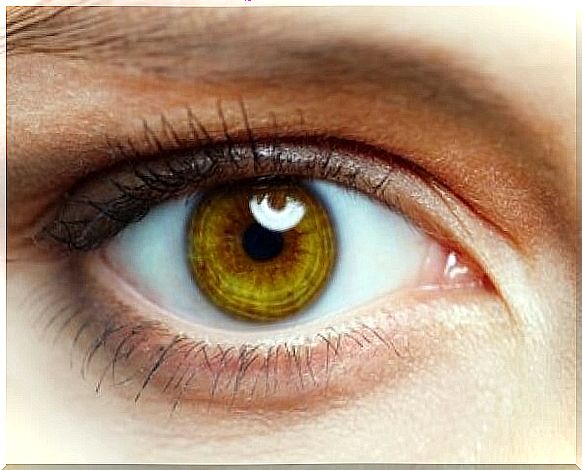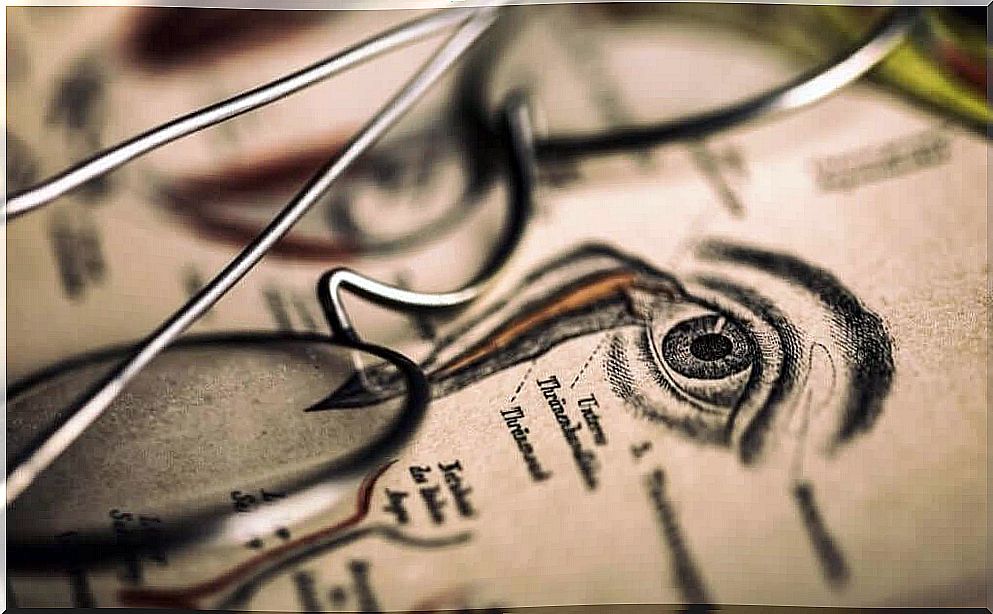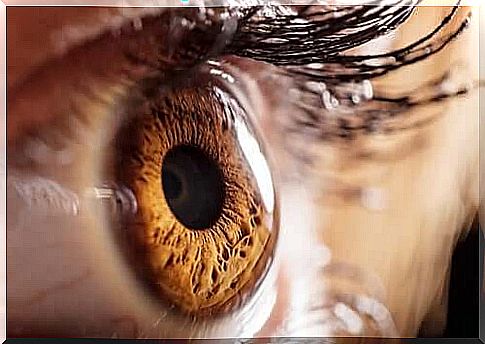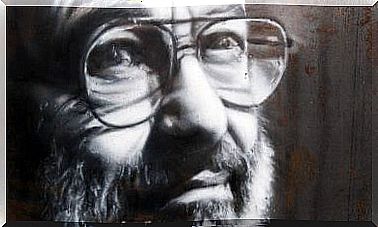Optography: The Macabre Science Of The 19th Century

The 19th century is one of the most interesting periods in contemporary history. The rise of social movements, industrialization, increased education and scientific improvements have given rise to a series of innovations but also to a series of disparate beliefs, including optography.
In an era marked by the appearance of one of the most famous serial assassins in popular folklore (Jack the Ripper), by the passion for the afterlife and by the novels of Sherlock Holmes, the appearance of some unconventional legal currents are then not surprising. One of the most famous controversies of the time is the resolution of heinous crimes by the statement of the last image seen by a person before dying. This is a truly modern technique for the time.
While this idea may seem a little absurd these days, it must be taken into consideration that in the late 1800s photography was at its peak. This new process was, moreover, perceived by much of society as exotic and mysterious, even magical. It is therefore really not surprising that some specialists had the idea of creating a science based on photography: optography.

What does optography consist of?
Etymologically, the term comes from the union of two Greek terms: opto (of sight) and grapho (to write). It was in 1877 that we began to officially use this term at a German university in Heidelberg (southwestern Germany).
Wilhelm Friedrich Khūne, a professor of physiology, is the origin of this term. This university professor was interested in an original theory presented by one of his colleagues, Franz Christian Boll. According to our physiologist, inside the retina, there is a pigment that fades in bright light and reappears in full darkness.
Such a discovery opened up a new world of hypotheses and theories that promised to revolutionize forensic science. Wilhelm Friedrich Khūne was certain that it was possible to know the identity of any murderer from a simple analysis of the retina of the corpse. It was enough simply to extract the retina in order to preserve the last image stored in the eye by means of chemicals.
Optograms, a term created to designate these images, had already been analyzed more than a hundred years ago; the monk Christopher Schiener had discovered in full dissection of a frog the last sight of this animal before dying. This vision which marked him deeply laid the foundations for the study of this controversial practice.
The cruelty of this innovation
Wilhelm Friedrich Khūne’s intention might be good, but his methods were not. From a moral point of view, his methods were questionable; they were cruel and macabre, something that didn’t seem to worry him so much. Optography was here to change the world!
His analyzes involved certain animals such as small frogs and rabbits. He would force his guinea pigs to look at extremely bright objects for an extended period of time before beheading them.
He then quickly extracted the eyes of the animal, which he immediately took to a dark, closed room. In this room, he cut the retina and immersed the famous pigment in a chemical solution in order to preserve it.
These atrocities would have been less common if such an experiment had never worked. One of the most famous experiments conducted by Wilhelm Friedrich Khūne involves a rabbit. This rabbit’s last sight, namely a window, was (supposedly) captured satisfactorily.
It is impossible to count the number of times animals have served as guinea pigs for this type of experiment. At a time so important to medicine and biology, animal suffering took a back seat. Nowadays, this type of practice is quickly denounced.
An experiment on human retinas
In 1880, the greatest desire of physiologists was satisfied. The beheading of a convict accused of the murder of his family made it possible to carry out, for the first time, an experiment on human retinas.
The result of the pigment analysis showed, according to Wilhelm Friedrich Khūne, that the last image the prisoner saw was the guillotine blade. Some of his contemporaries rejected this claim. The latter may have proposed another hypothesis, it is the original idea that prevailed.
A year later, Wilhelm Friedrich Khūne published a work he called Observations for the Anatomy and Physiology of the Retina . In this book, he affirms the success of his experiment. However, at present, there is no scientific evidence to support his claims.

The evolution of optography
Forensic scientists and the police eventually ruled out this type of analysis, believing that they lacked foundation. This theory has nevertheless become an urban legend. It would seem that it is destined to endure over the centuries in the collective imagination.
There are many books, films and series that exploit the myth of optography. Some very famous authors like Rudyard Kypling and Jules Verne have found an important vein to exploit thanks to these experiments. This is also the case for certain television formats such as Doctor Who .
Human beings cannot resist the guilty pleasure of the macabre. We must use our abilities in a sensible and civilized manner ; how we conduct the experiments is our responsibility. Science hides many secrets, and we worried animals are tasked with uncovering them.










